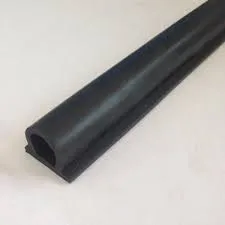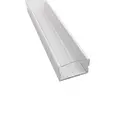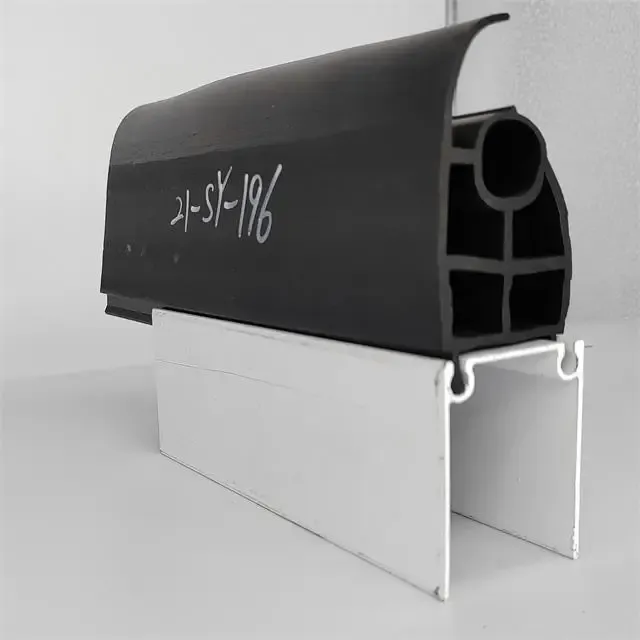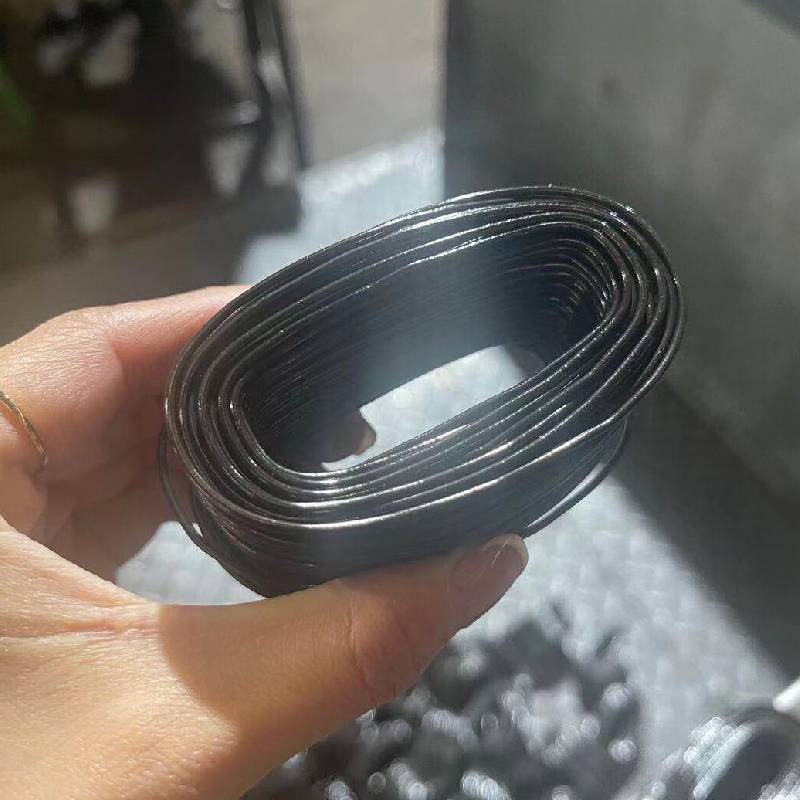In summary, Hydroxypropyl Methyl Cellulose (HPMC) is a versatile and widely used polymer with applications spanning multiple industries. Its unique properties, such as thickening, emulsifying, and gel-forming capabilities, contribute to its effectiveness in pharmaceuticals, food, construction, and personal care products. With its safety profile and environmental compatibility, HPMC continues to be a crucial ingredient in modern industrial applications. As industries evolve and seek sustainable alternatives, compounds like HPMC will likely play an increasingly significant role in meeting these demands while ensuring quality and performance.
 Home
Home









